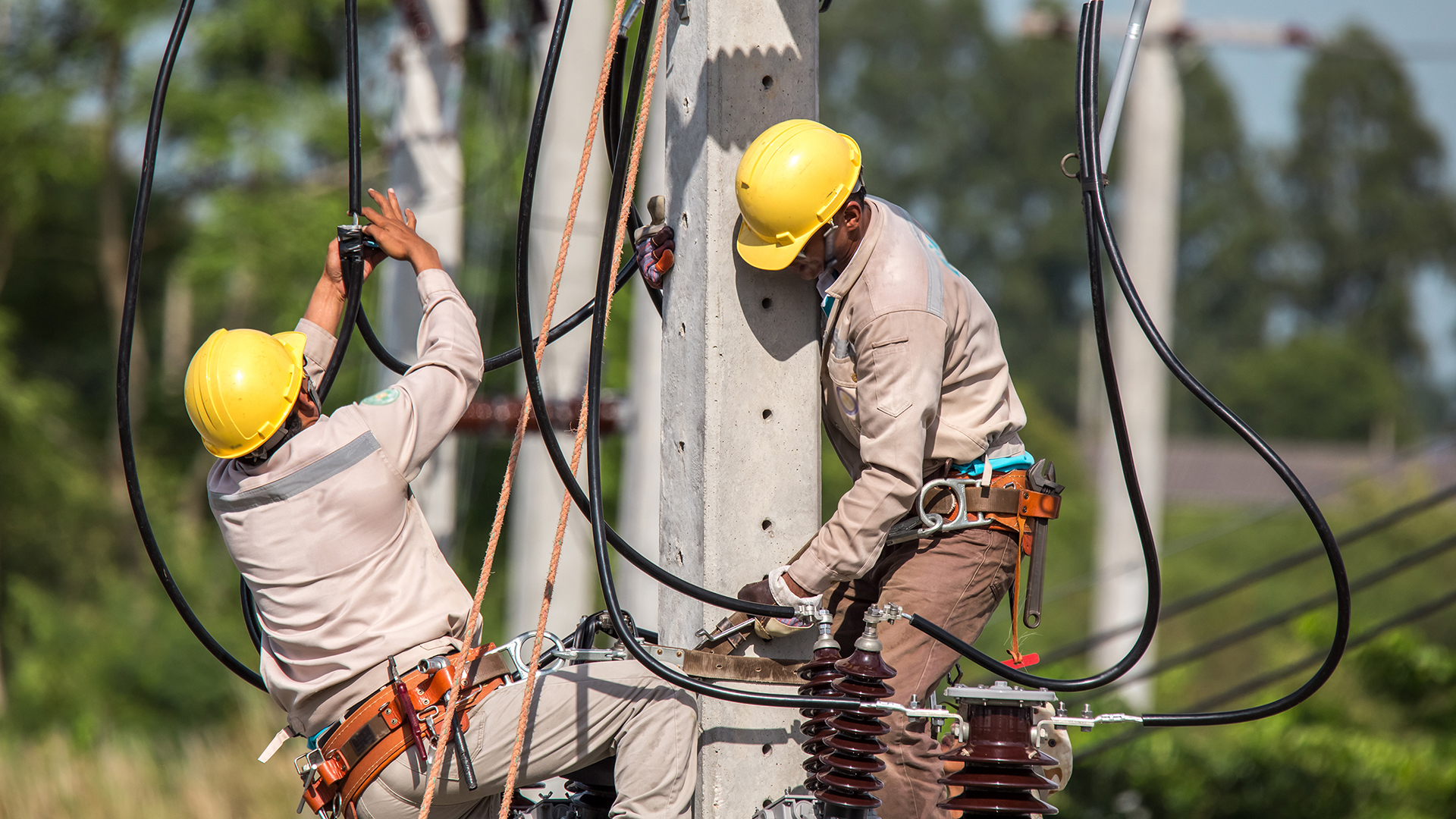IoT Bolsters Electrical Generation and Distribution in NA
With temperatures cresting 90 degrees across parts of North America, electrical power generation is coming into focus across the continent.
We provide solutions to an array of industries.
Supporting your global communications
Connecting your clients no matter where
Network management and proactive monitoring
Tailored solutions from concept to delivery
Bespoke applications for optimal efficiency
Electrical, retrofits, installations and more
Technical Support
Supporting your global communication needs throughout your organization
On-Site Support
Supporting your global communication needs throughout your organization
3 min read
Network Innovations : Aug 27, 2020 9:00:00 AM

Liquefied Natural Gas (LNG) is undergoing a second wave of interest and investment in the U.S.
As the country becomes a leading exporter of natural gas, and LNG becomes the only fossil fuel- that is expected to grow in demand until at least 2035. LNG has become a viable fuel source globally. Natural gas -- along with renewable sources -- is providing a less carbon-intensive energy system than coal. Shell expects LNG demand to double to 700 metric tons (approximately 1,543,220 pounds) per year by 2040.
When cooled to a liquid state at about -260° Fahrenheit, the volume of natural gas is about 600 times smaller than in its gaseous state in a natural gas pipeline. This makes LNG ideal for storage and shipping. The gas is transported in double-hulled tankers built to keep the liquid cool during transit. Tankers transporting LNG can use boil-off gas (BOG), an onboard resource derived from the LNG process, to power the vessel.
Natural gas was first successfully chilled into a liquefied form in 1820. The first LNG plant was constructed in West Virginia in 1912. There is something of a renaissance going on in the LNG industry, with import and export terminals constructed in Africa, China, the Middle East, North America, and Russia. In 2019, the largest exporter of LNG was Qatar, followed by Australia, and then the United States. The largest importer was Japan, followed by China. The U.S. recently overtook Malaysia to become the third largest exporter of LNG, according to the U.S Energy Information Administration (EIA).
At present, around 110 facilities are operating around the U.S. and performing a variety of services in the LNG industry. In various types of facilities across the country, gas is liquefied, stored, transported, and readied for use in a process known as LNG regasification. There are currently five LNG export terminals in the U.S., with four more under construction. There is a need for LNG import terminals as well. As of 2020, eight are operating in the U.S. and most are located on the Gulf Coast, with a few in the Northeast. Supply bottlenecks in areas like the Northeast will require import terminals to remain active even as the country becomes a leading LNG exporter.
Increased competition between America and Russia over which country exports the most LNG is heating up. In June of this year, Russia exported more LNG to China than the United States, shipping 396,000 tons (versus 340,000 tons transported by the U.S.) Russia is already increasing its LNG supplies to Europe. Consultancy Wood Mackenzie expects European dependency on Russian gas to grow through the 2020s and 2030s.
Looming large over the LNG scene is the effect of the current Covid-19 pandemic. Due to the ongoing crisis of the virus, U.S. LNG exports fell to an average of 3.1 billion cubic feet in July. The U.S. EIA says there are around 7,576 drilled-but-uncompleted (DUC) wells in the country as of June 2020. Industry watchers predict an LNG recovery starting in Q4 2020, with companies using up uncompleted LNG wells, and drilling more DUC inventory through 2021.
McKinsey expects demand for gas to rise at around 0.9% a year until 2035. Gas will be the fastest-growing fossil fuel for the foreseeable future, and the only fossil fuel with a sustainable demand beyond 2035. McKinsey finds that LNG projects will require more than $250 billion in investment over the next 15 years. Much of that investment will happen in Africa, the Middle East, and North America. McKinsey predicts that meeting overall LNG demand after 2028 will require more than $400 billion in investment across the overall value chain.
An IoT Future
As investment in the LNG space takes off, IoT devices will command increased attention. Sensors and monitors will proliferate terminals and plants throughout the industry and will be employed in monitoring the performance of LNG trains -- the LNG plant’s liquefaction and purification facilities -- to improve production and save millions of dollars by avoiding wasted energy.
Automation can also help companies streamline the LNG production process resulting in reduced risk and lower TCO. Smart automation sensors can be utilized at the liquefaction complex and gasification terminals to measure, control, automate, and report all exchanges and transfers. Real-time IoT monitoring provides the preemptive visibility and situational awareness operators need to avoid accidents during extraction, processing, and distribution of flammable hydrocarbon gasses. These technology updates will help companies across the spectrum of the LNG supply chain. From companies that design fuel system products for the gas industry to organizations that monitor rigs. The increased use of IoT monitoring and alerts will reduce costs, speed up production, and improve safety in the LNG industry.
FieldIntell, a Network Innovations (NI) company, builds best-in-class IoT solutions purpose-built for the exacting requirements of LNG operations. FieldIntell’s sensor agnostic interfaces provide real-time edge-intelligence of local operating conditions over dual-mode connectivity. Discover how NI IoT monitoring solutions can help you to effortlessly monitor natural gas operations and collect operational metrics in real-time.

With temperatures cresting 90 degrees across parts of North America, electrical power generation is coming into focus across the continent.

Connecting utility professionals to ensure safer, more efficient, and more profitable operations at DISTRIBUTECH 2022!

With a global pandemic raging, there are concerns across the whole of the oil and gas (O&G) industry.